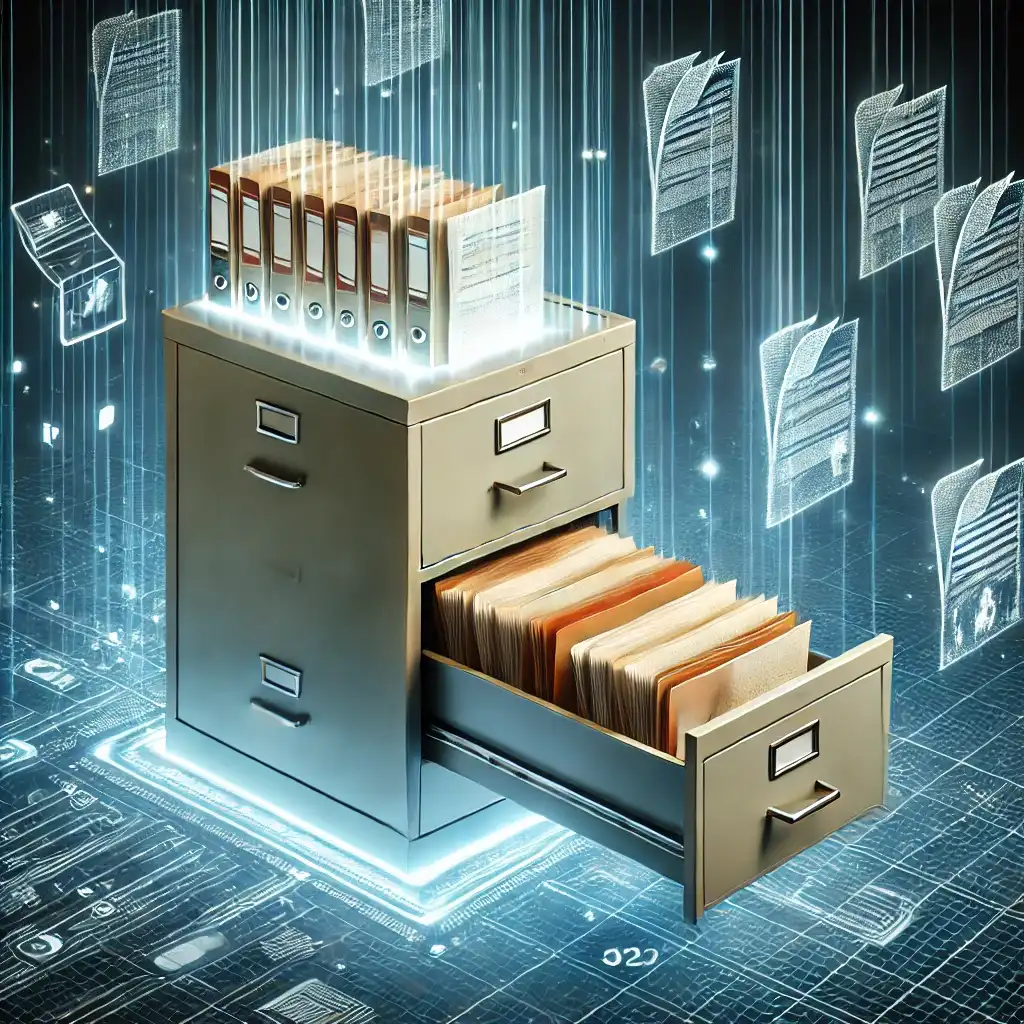The Need for Digitalization of Legacy Documents in Oil & Gas Facilities

Introduction
The oil and gas industry relies heavily on documentation for asset management, regulatory compliance, and operational efficiency. However, many facilities still maintain critical records in paper format or outdated digital systems. This blog explores the importance of digitizing legacy documents and how it can improve efficiency, compliance, and decision-making in oil and gas operations.
Challenges of Managing Legacy Documents
-
Data Loss and Degradation – Physical documents deteriorate over time, leading to information loss.
-
Inefficient Retrieval – Searching for critical information in paper archives is time-consuming and labor-intensive.
-
Regulatory Compliance Risks – Failing to maintain accurate records can result in non-compliance with industry standards and legal requirements.
-
Limited Accessibility – Remote access to physical records is nearly impossible, hindering collaboration across different locations.
-
High Storage Costs – Maintaining large volumes of paper documents requires physical space and increases storage expenses.
Benefits of Digitalization
-
Enhanced Data Security – Digital records can be encrypted, backed up, and protected against physical damage.
-
Improved Accessibility – Cloud-based document management systems enable remote access to records from anywhere.
-
Streamlined Compliance – Automated tracking and indexing of documents ensure regulatory requirements are met.
-
Cost Savings – Reducing paper storage and retrieval time leads to significant cost savings.
-
Integration with Advanced Technologies – Digital records can be integrated with AI-driven analytics, predictive maintenance systems, and real-time monitoring tools.
Best Practices for Implementing Digitalization
-
Assess and Prioritize – Identify critical documents and prioritize digitization based on regulatory and operational needs.
-
Use Optical Character Recognition (OCR) – Convert scanned documents into searchable, editable formats.
-
Adopt a Secure Document Management System (DMS) – Implement cloud-based solutions with role-based access control.
-
Ensure Compliance with Standards – Follow industry-specific guidelines such as ISO 27001 for information security.
-
Train Personnel – Educate employees on the use of digital document management systems and best practices.
The Future of Digitalization in Oil & Gas
With advancements in AI, machine learning, and blockchain, the future of document management in the oil and gas sector will see increased automation, enhanced security, and better decision-making capabilities. Digital transformation is no longer optional—it is essential for maintaining operational efficiency and staying competitive in the industry.
Conclusion
The digitalization of legacy documents in oil and gas facilities is a crucial step toward improving efficiency, reducing risks, and ensuring regulatory compliance. By adopting modern document management solutions, companies can streamline operations, enhance collaboration, and make data-driven decisions that drive long-term success.
Stay tuned for our next blog on Renewable Energy: The Future of Offshore Power Solutions.